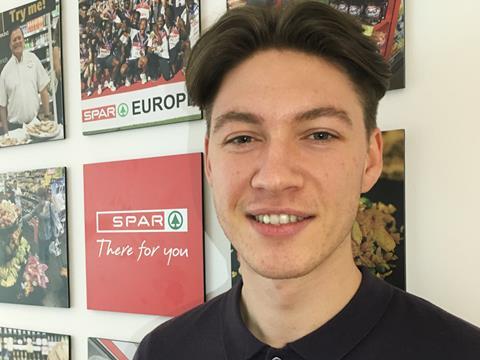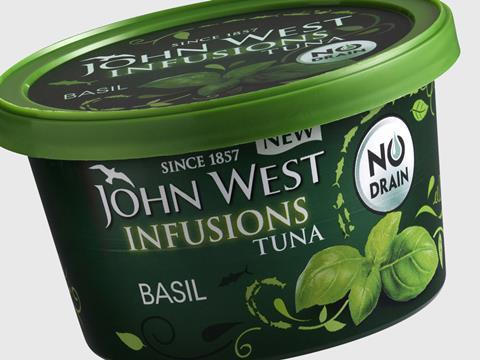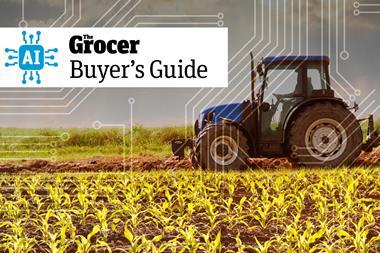Meet the buyer…

James Hatch, core grocery buyer, Spar
James joined Spar nearly a year ago starting as a graduate buyer before moving on to his current role in which he is responsible for over 50 suppliers across five categories. ”I’ve loved every second of it,” he says. ”It is very demanding and challenging but at the same time extremely rewarding. Buying within such a commodity sensitive area, it really does keep you on your toes.”
How would you sum up the past year in canned & ambient?
JH: Certain areas within the category are in terminal decline so it leaves me with the decision as to how to show these declines can be minimised and even reversed. Modernising parts of the category that are experiencing decline can be a way to rectify these declines and this can also be seen as an opportunity to find ways to make the proposition more relevant to shoppers. Defining the role Spar own label plays within the category is also vital as this is a key strategic pillar for Spar and continues to be a successful one.
What was the best launch in canned goods in 2015?

JH: The best launch in 2015 within canned goods was the John West Infusions. This product highlighted that within what some may say is an ageing category there are opportunities to modernise the range. The launch also showed a willingness to add some excitement back into the category.
Canned goods is the sleeping giant of grocery and has been in decline for some years now. What can be done to put it back in growth?
JH: I feel the most important thing within canned goods is to understand who is buying into the category and how the key customers within the area can be retained whilst also encouraging others into it. Canned is also an area where little groundbreaking NPD is coming through the category, so it is vital that the core offering is right for your target customer.
What can be done to overcome consumer quality perceptions of canned goods?
JH: Packaging is important within canned goods, and keeping the balance between retaining iconic traditional designs that existing customers recognise and trust, and attracting new customers with modern designs, is a challenge for suppliers.
What’s the best way for a supplier to approach you with a new product?
JH: The best way for new suppliers to present NPD is for them to offer compelling costs and rationale supported by a robust commercial and launch plan. But we know it’s not just about launching a great product - a plan for the longer term on how the brand intends to continually drive momentum on existing products and innovate the category must be detailed. There has to be rationale as to why they feel this particular product will work in a competitive marketplace, where space is tight for these particular areas in store.
Any pet hates when approached by a brand with NPD?
JH: A personal pet hate of mine when a brand tries to introduce NPD is when they don’t offer a launch package, exit plan or suggest which products in my finite range it will be replacing.
How will the canned goods market shape up in 2016? What are the key trends?
JH: Canned goods within 2016 is set to be an unpredictable one, this year more than ever. With the Brexit decision just around the corner, the euro exchange rate leaves us all holding our breath. A key trend we are beginning to see is that the younger demographic are coming into the category and in some areas of canned goods are actually over-indexing compared to the older demographic.
10 Things You Need To Know About... Canned Goods
- 1
- 2
- 3
- 4
 Currently reading
Currently readingSpar buyer: 'Modernise canned goods to defy decline'
- 5
- 6
- 7
- 8
- 9





















No comments yet